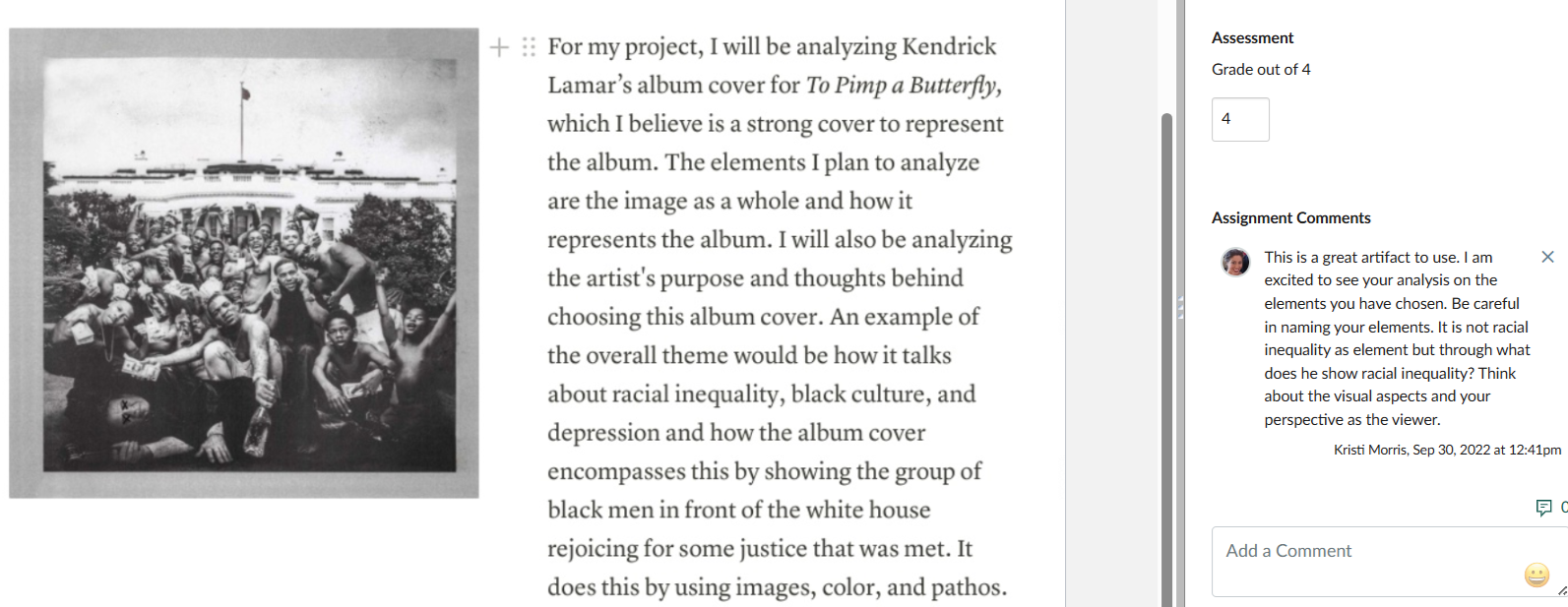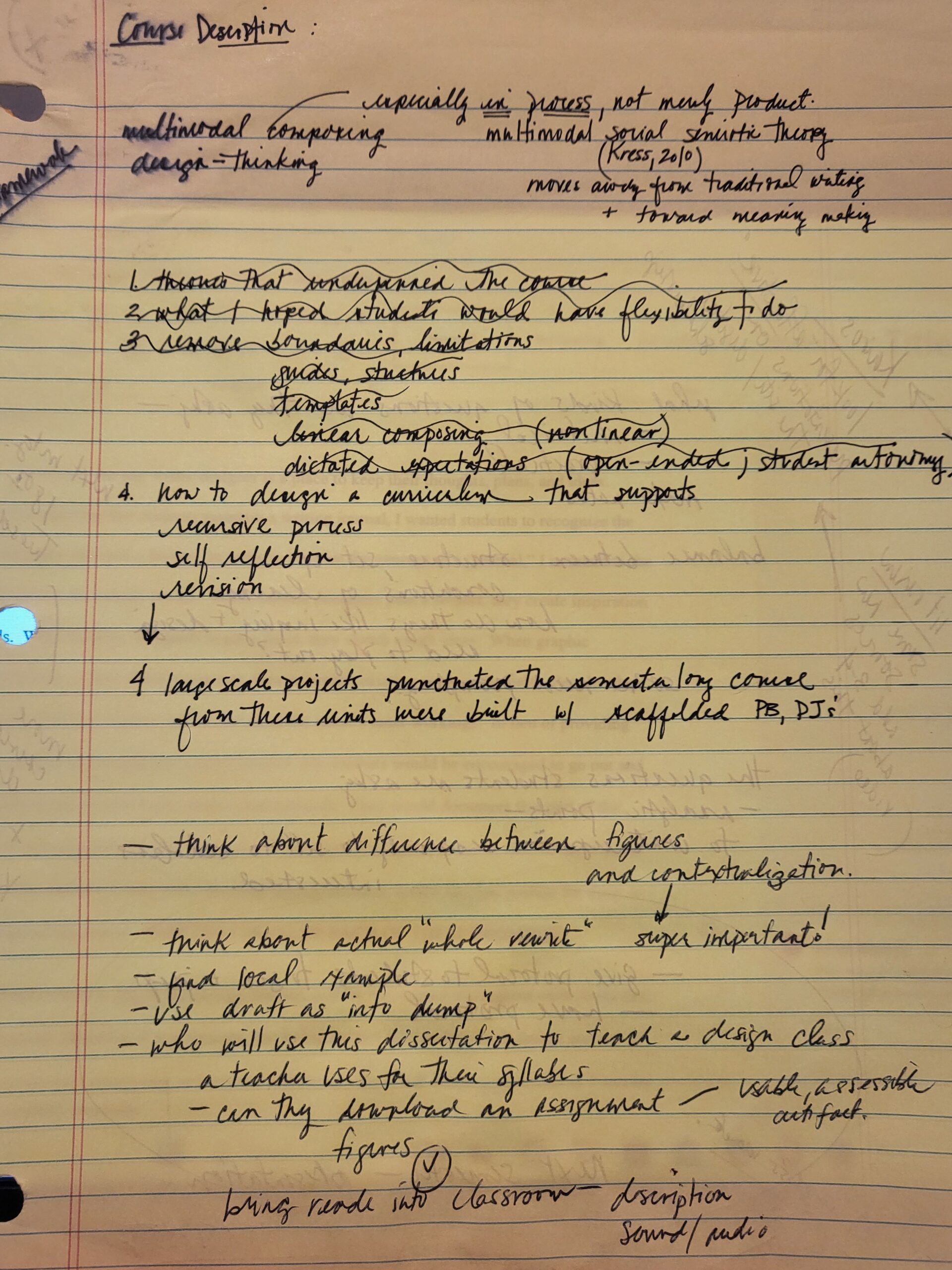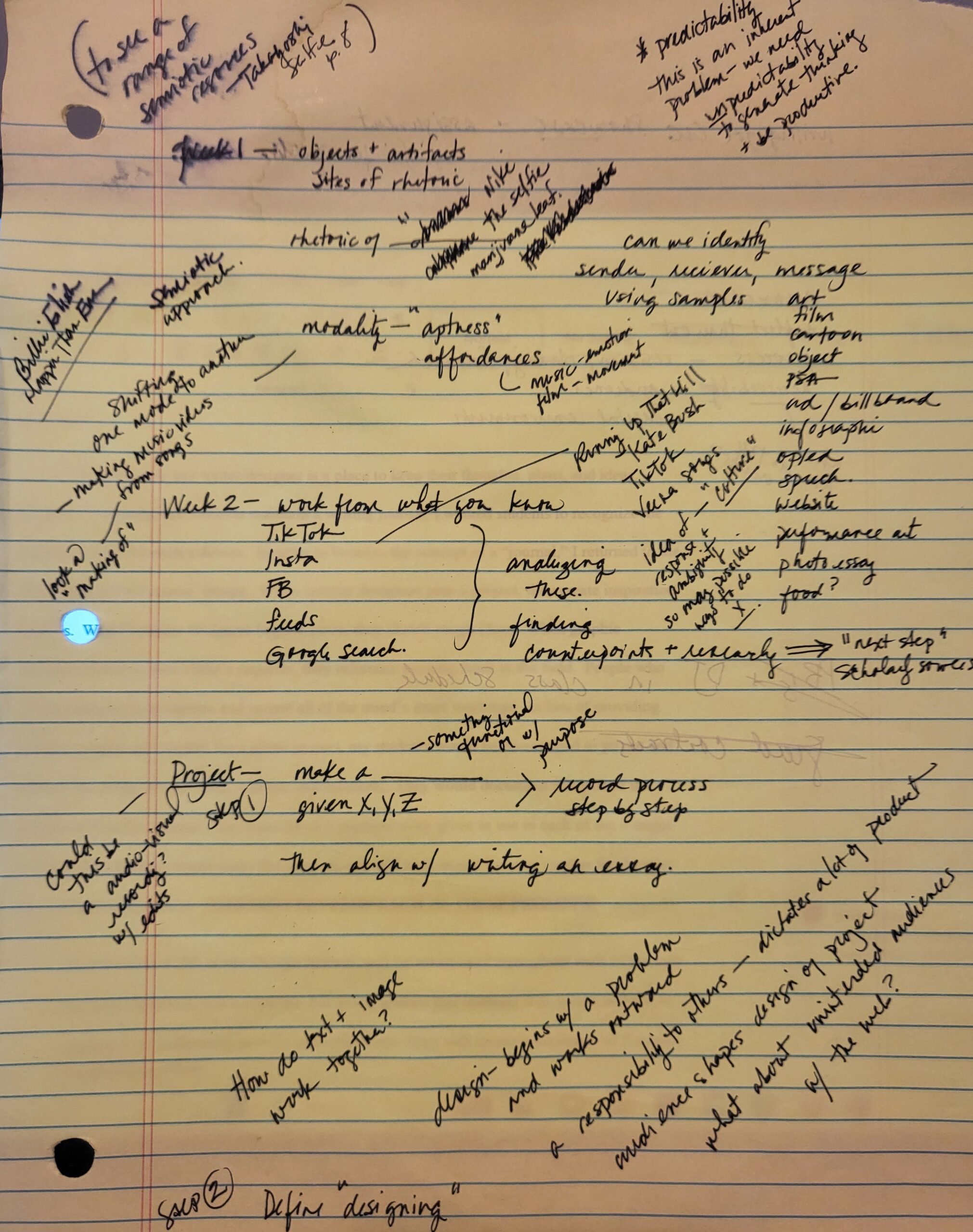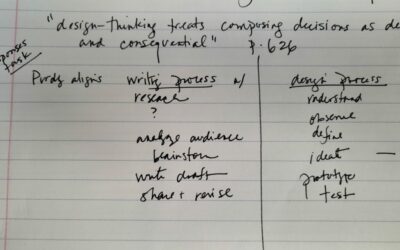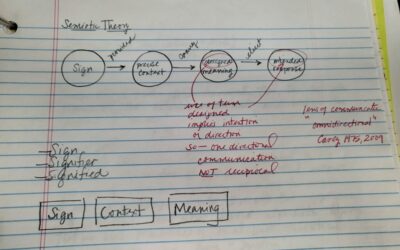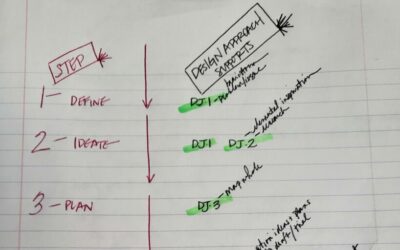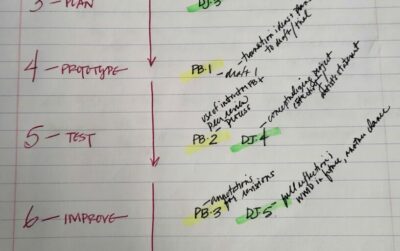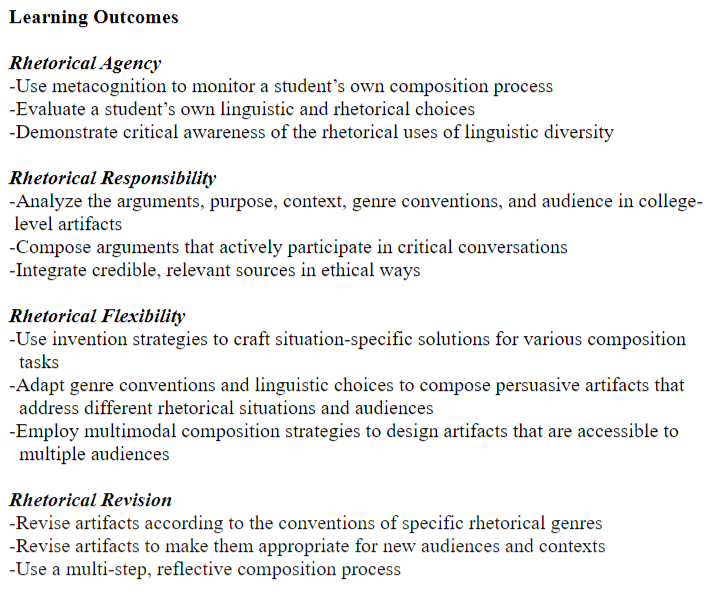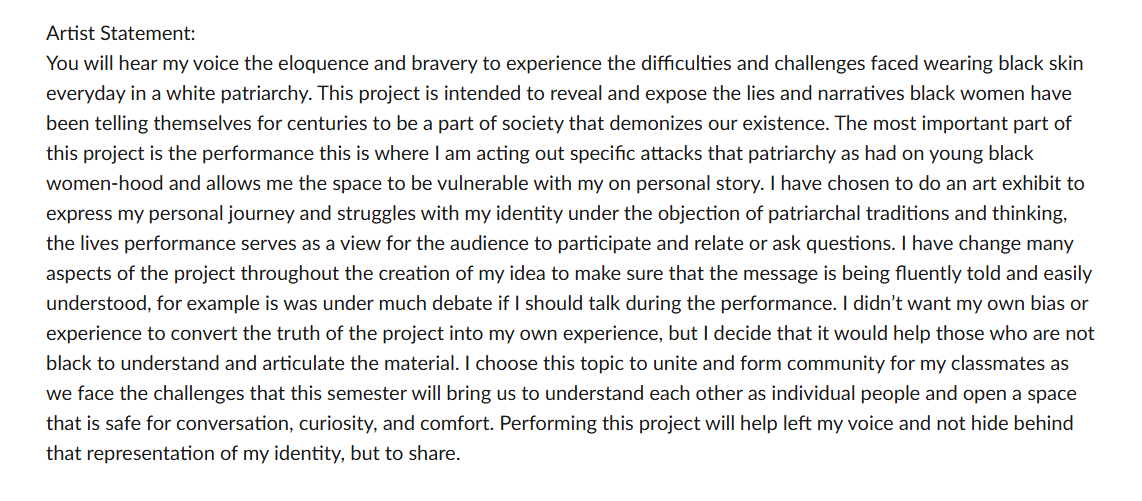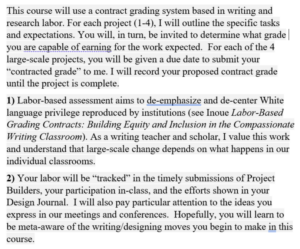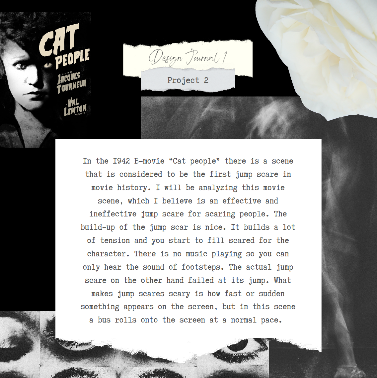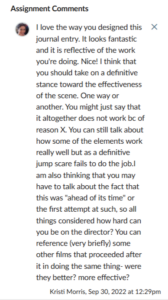The videos to the right, feature each of the case study students, Noelle and Karam. The video feedback is a screen capture of the files uploaded into each of the student’s assignment window on the WSU Learning Management System, Canvas. The videos will demonstrate how I provided personal feedback to Noelle and Karam on Project 1, “Making a Thing.” Each student also earned a letter grade, and it was entered into the same Canvas assignment window. Both students achieved an A range grade (per their grade contract), because they performed exceptionally well on the specific Learning Outcomes:
Rhetorical Agency
-Demonstrate critical awareness of the rhetorical uses of linguistic diversity
Rhetorical Flexibility
-Use invention strategies to craft situation-specific solutions for various composition tasks
-Adapt genre conventions and linguistic choices to compose persuasive artifacts that address different rhetorical situations and audiences
-Employ multimodal composition strategies to design artifacts that are accessible to multiple audiences
Rhetorical Responsibility
-Compose arguments that actively participate in critical conversations
-Integrate credible, relevant sources in ethical ways
As you watch the brief video feedback, you will hear me share my immediate and enthusiastic reactions to their projects; more importantly, you will hear me providing explicit commentary about the student’s effectiveness situating their work in a rhetorical situation.
Noelle was adept at generating connections with their audience and garnering participation in the performance. I was able to assess Project 1 from watching and listening to Noelle’s peers during the gallery walk and again in the concluding moments of Noelle’s performance when they invited their peers to share their thoughts on Post-its and place them on Noelle. Noelle’s agency was also evident through their attention to several aural components. Noelle made careful decisions about the poems, spoken word, and factual research they shared with the audience throughout the live performance. Noelle added depth and meaning to the project by including gestural elements that illustrated their understanding of sign systems beyond alphanumeric words and language; moreover, this quality meant Noelle could make rhetorical choices with persuasive impact.
Noelle designed a project that spoke directly to issues of Black Feminism, discrimination and sexism. They determined means to share their perspective about these issues, but also created space for continued conversations with the audience. This aspect defined exemplary work as Noelle was aware of both anticipated and unanticipated responses from their audience. They put themself out there for the class, but offered their peers to do the same, so that a productive conversation would take place.
Karam’s feedback was centered on how I might show him the value of his project beyond the classroom space. Although he directed the information toward his fellow peers in the class, I explained that his presentation could easily be adapted to a learning module for other medical students making plans for their residency. Karam’s potential project revisions could repurpose his work in a different rhetorical situation. This quality proved to me that Karam had a solid handling of researching subject matter, determining clear ways of communicating the research with others, and designing a project with value not only for his own learning but peers around him.
The learning outcomes of the DFA to FYC course, supported students’ preparedness to compose for a variety of rhetorical situations. Karam showed that he could be flexible and responsive to different spaces not only with the modality of his project, but his word choice and tone. During his feedback, I commended Karam for being mindful of the way he spoke to his audience; more specifically, I recognized that he was speaking to fellow students. I also discuss the ways he was able to adjust language and think about how that correlates to the point he is trying to make. I also work through some strong possibilities for how this project may be situated in an educational space as it is important topically to consider before residency placement. Karam was able to name a rhetorical situation, but he could have even more possibilities for situating his work to a broader audience with real implications and I think this is really important to show students how they met the task, but also how it can extend beyond their work currently and the importance of revisiting a project or how it may fit other spaces and be meaningful.
